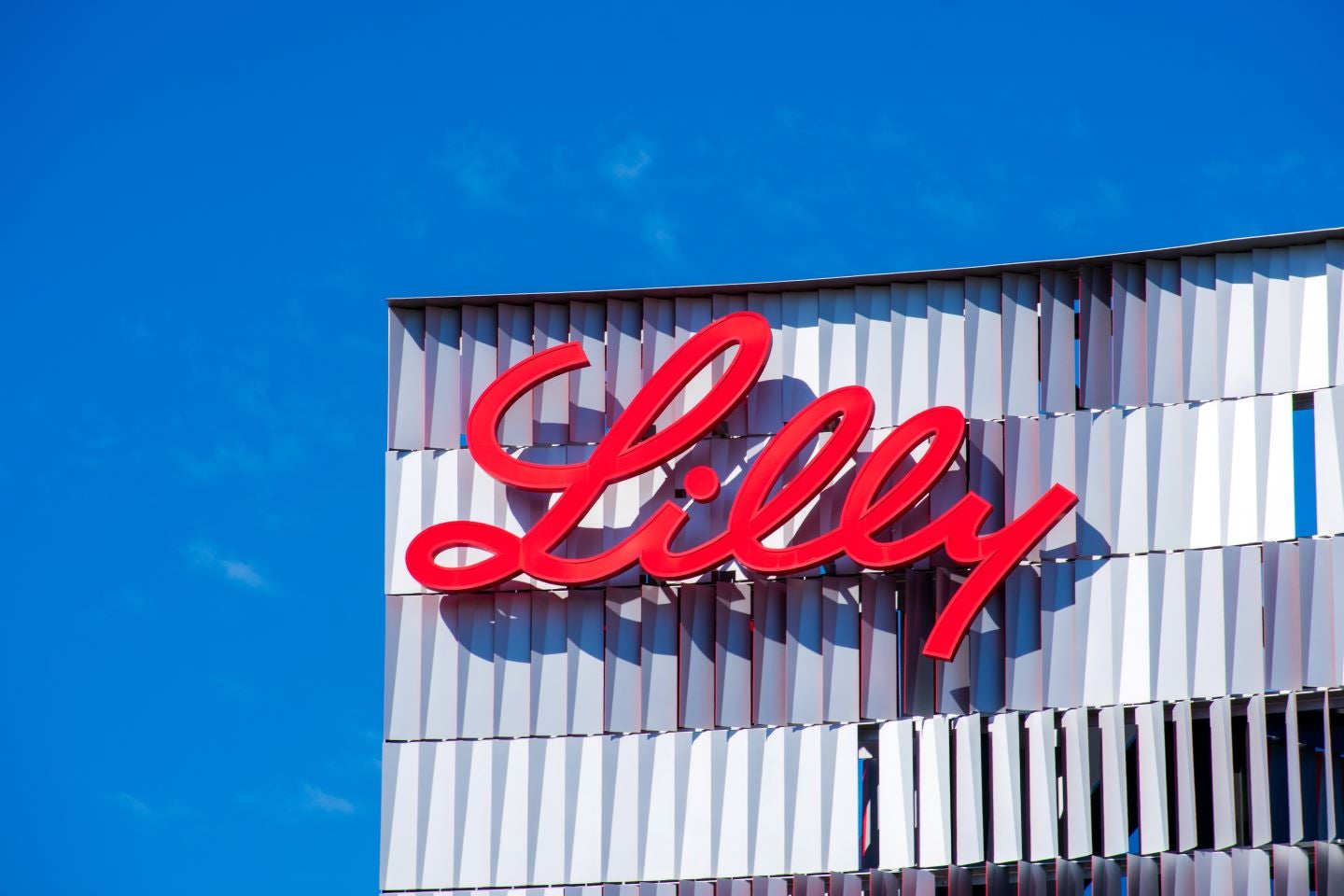Pipeline developments within the obesity space have recently garnered interest following the recent results published on Eli Lilly’s first-in-class therapy retatrutide, setting a new record for percentage body weight loss in the obesity space.
Retatrutide, currently in development for obesity, type 2 diabetes (T2D), and non-alcoholic fatty liver disease (NAFLD), is of special interest due to addressing the need for improved efficacy within the obesity space.
In recent results from its Phase II trial (NCT04881760), data showed that after 48 weeks, in the 1mg, 4mg, 8mg, and 12mg groups, -8.7%, -17.1%, -22.8%, and -24.2% percentage change in body weight was recorded. Furthermore, a weight reduction of 15% or more was recorded in 60% of subjects in the study. With regards to safety, the most common adverse events were of a gastrointestinal nature, and thus retatrutide’s safety profile was on par with other incretin-based therapies. A Phase III trial (TRIUMPH-3; NCT05882045) began in May, studying the effects of retatrutide in patients with severe obesity and established cardiovascular disease, and is estimated to end in November 2025.
Despite retatrutide, including glucagon-like peptide 1 receptor agonist (GLP-1RA) as one of its mechanisms of action, similar to many other treatments for obesity on the market, including the gold standards, Novo Nordisk’s Wegovy (semaglutide) and Saxenda (liraglutide), retatrutide stands out by offering a unique feature unlike all other GLP-1RA treatments: it employs a triple-agonist (triple-G) mechanism of action. In addition to being a GLP-1RA, it also targets gastric inhibitory polypeptide receptor (GIPR), and glucagon receptor (GCGR). This has consequently shown increased efficacy benefits in clinical trials, superior to those seen with Wegovy, which facilitates around -15% body weight loss, and Eli Lilly’s tirzepatide, which is currently in the late-stage pipeline, which employs a dual-agonist mechanism of action via GLP-1R and GIPR, and enabled -22.5% body weight loss at 72 weeks its Phase III trial (SURMOUNT-1; NCT04184622).
Key opinion leaders (KOLs) interviewed by GlobalData stated that R&D trends in obesity are increasingly focusing their efforts on developing different approaches to combining incretin pathways, and thus KOLs are keen on retatrutide, stating that the triple-G mechanism of action approach by Eli Lilly has merit.
There is no doubt that the efficacy of retatrutide provides the potential for it to be favoured among patients and clinicians alike should it reach the obesity market, and there are high hopes for the ongoing Phase III trial. Provided the Phase III trial yields good results, this new therapy may be set on the trajectory to compete directly with other GLP-1RA therapies across the obesity and T2D spaces.






